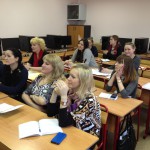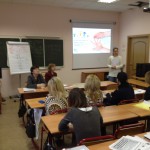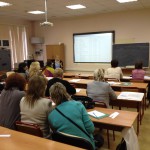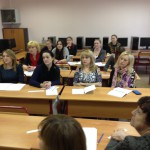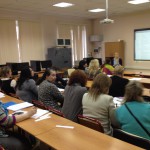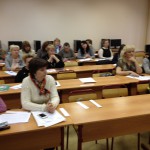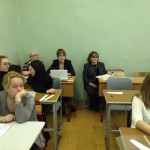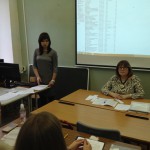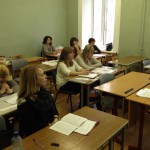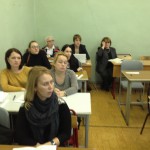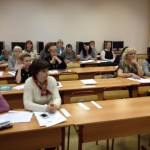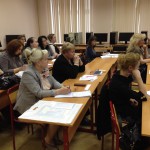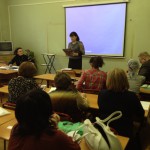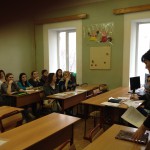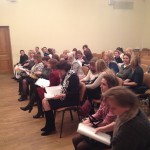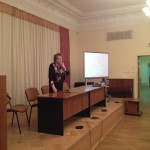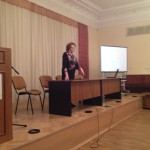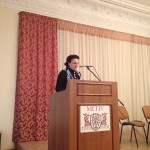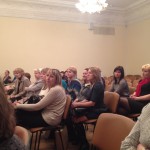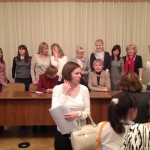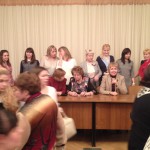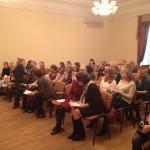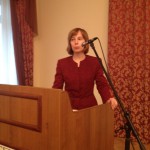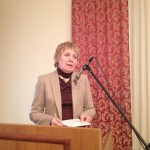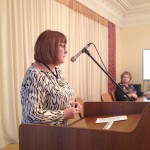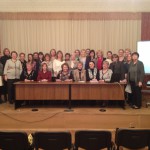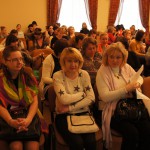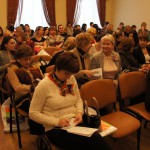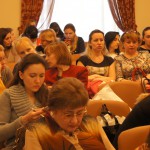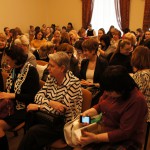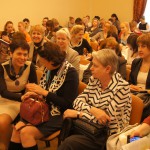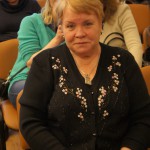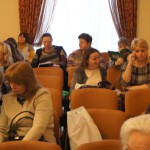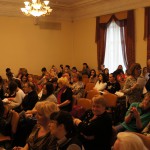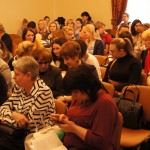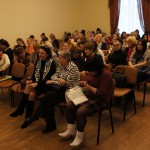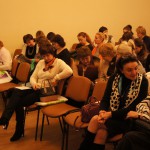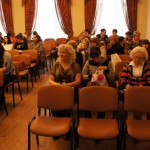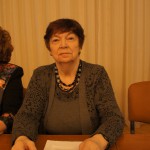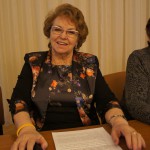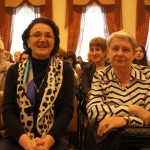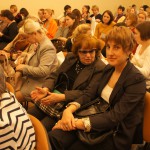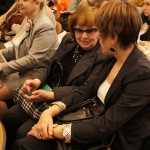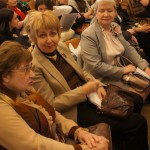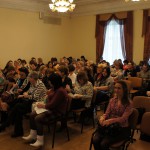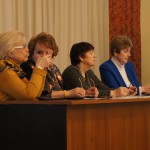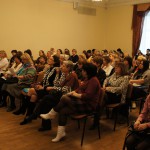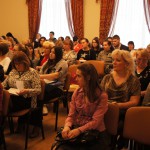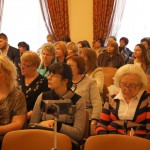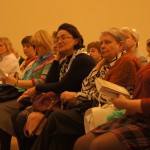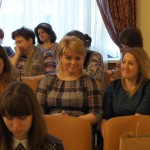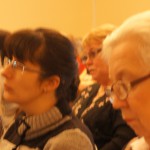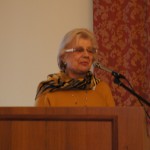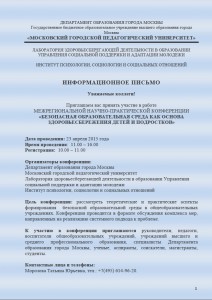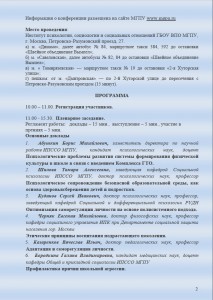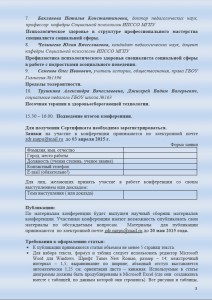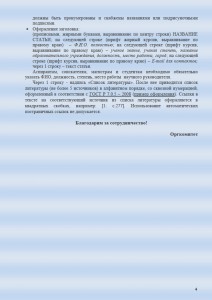Whether you’re covering eggs with a coat or two of paint, making handmade cards or decorating bonnets, Easter is a time for arts and crafts in school. Getting glue and glitter everywhere – and filling your classroom with chicks and bunnies – is a staple of the season.
But for teachers and parents, getting everything together in time can be stressful. The bank holiday weekend begins on Good Friday (3 April), so we’ve pulled together a last-minute guide for teachers preparing their class celebration. Below are some fun ideas for things to try with your students. Follow our crafty tricks to give your Eastertide lessons a lift:
Bunny mask

What you need:
2 sheets of white A4 card
1 pink piece of card
Glue stick
Stapler
Clear tape
Scissors
Black pen
First make the headband by cutting two strips (2.5 inches wide) from the A4 white card. Glue the ends of the strips together to make a ring shaped headband. This will fit an adult’s head so cut shorter strips for a child. If you need extra support use staples to hold it all together. Cover the sharp staple-edges with clear tape.
Use the remainder of the first sheet of card for the nose and cheeks. Cut out a Y shape and two speech bubbles. These will be glued together to make the nose and cheek section. Don’t forget to cut out some bunny teeth.
For the ears, fold the second piece of white card in half and cut out a large tear-drop shape lengthways. Do the same with the pink card but make the tear-drops slightly smaller so they sit inside the white ones. For the nose cut out a heart or circle from the pink card.
Glue it all together. The nose should be the last thing you put on so it covers the rough edges of the cheeks and teeth. Once dried, use a pen to draw on whiskers. Eyes can also be added for more of a caricature-type look.
TWIST: Replace the card ear inserts and nose with pink felt and use pipe cleaners for whiskers.
Animal egg painting
Eggs
Poster paint
An old sponge
Blue Tack
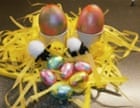
Add the eggs to a pan of water (an adult will need to do this). When it starts to boil, reduce the heat and simmer for 10 minutes. When the time is up, place the eggs into a bowl of cold water.

Once the eggs are cool to the touch, start painting. For ease, sit them on some Blu-Tack (or an old egg cup, but remember to let the top half dry before turning it to paint the bottom) to stop them falling over.
A fun activity from Arkive involves students decorating the egg with their favourite endangered animal’s face. Students can present their egg to the class and explain why they chose that species.
Egg painting with a brush can be quite tricky. Cutting out shapes from an old sponge and dabbing paint over the surface of the egg is much easier and creates a nice mottled look.
TWIST: Use food colouring instead of paint to dye your eggs.
Easter egg hunt basket
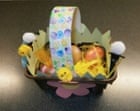
Brown plastic mushroom punnet
Paint
Various coloured A4 card (four different sheets is enough)
Yellow tissue paper
Scissors
Glue stick
Stapler
Cut a one-inch wide strip of A4 card lengthways to make a handle for your punnet. Decorate it using the paint. Once dry, staple each end of the strip to the inside long edge of the punnet.
Using green card and scissors, make some grass fringing and glue it to the inside of the punnet (covering the sharp edges of the staples). Use the remainder of the card to make flowers, which should be glued to the outside of the punnet.
Finally, shred the tissue paper and use it to make a bed of hay for your painted eggs, chicks, sheep and chocolate eggs.
Chicks made from paper cups
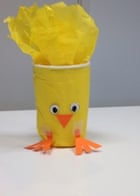
Paper cup
Yellow tissue
White card
Black pen
Orange card
Grab a cup and wrap it with yellow tissue so it’s completely covered. You can stick it down using sellotape or glue. Next, make your chick’s eyes by cutting out thick white card and drawing pupils with a black marker. Stick them on with glue and then cut out a triangle on orange card for the nose. For the feet, cut out Y shapes and then make little cuts in them for toes. Once you’ve done this, stuff some tissue in the top to create a feathered effect.
Easter cards
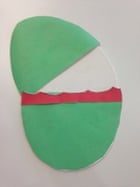
Colourful card
Egg template
Coloured pens
This makes a great card for your students to take home. Cut out an egg template twice, using two different bits of card. Cut one of your egg shapes in two. Glue these onto the whole egg template, using one as the top and one as the bottom. This should make it appear as if the egg is half open (as shown in the picture). In the gap, draw a chick. Add a bit of decoration with flowers.

